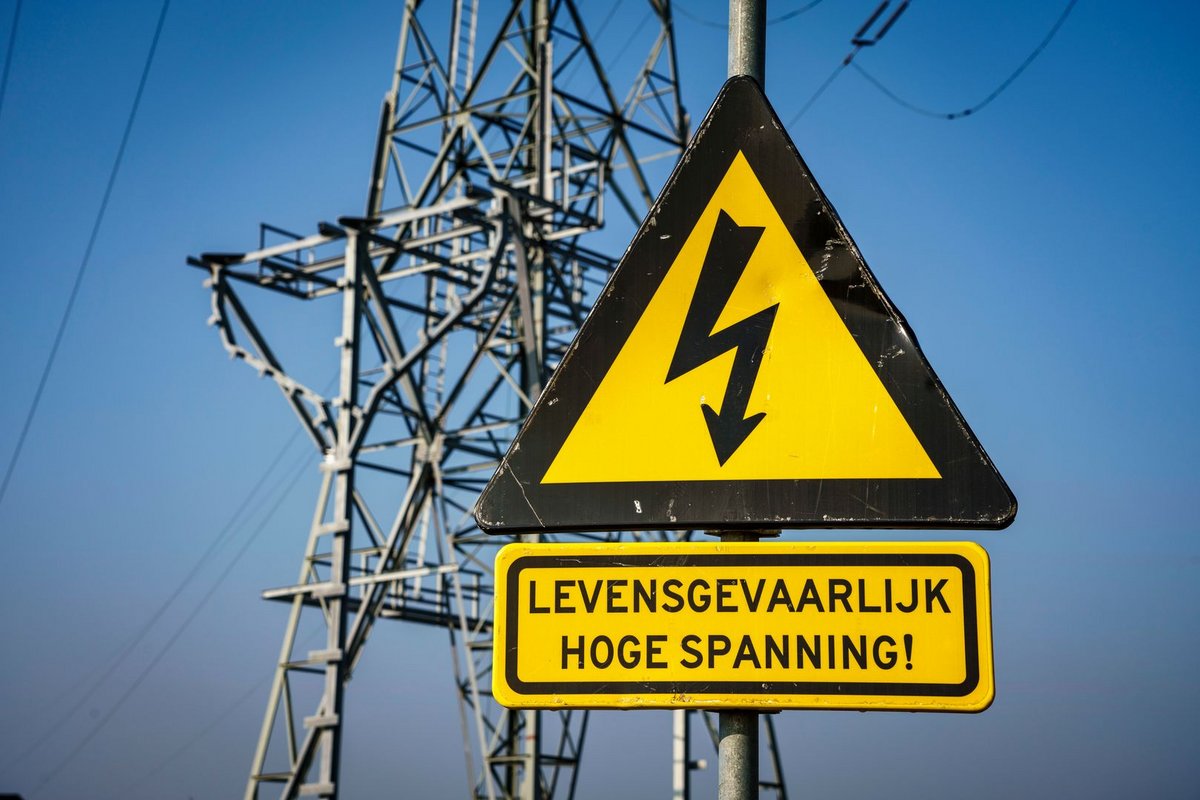Discussing the opportunities and challenges for AI-based algorithms in distribution grids
Published:
The distributed paradigm toward more flexible operation of the electricity infrastructure may find its new foundation in the active real-time self-management of the many distributed energy resources. In such active distribution grids, AI-based methods have promising opportunities in designing tools for grid management and applications, but challenges also exist.
Regarding the opportunities, (“big”-) data is available in the two transmission and distribution systems. However, much information about the grid is unknown in distribution systems, and data labels are rare. While this seems a promising opportunity to possibly learn (and then provide) this missing information to distribution system operators, it also has a challenge: learning without data labels is particularly difficult. Recent developed semi-supervised learning approaches may present a viable alternative to regularising models with physical equations that are partly known to us, so labels are not directly needed. Then, such trained models in semi-supervision may learn the feasibility as they are “physics-informed” and become even more accurate as simulators would be. Assuming it is applied correctly, learning in semi-supervision could then outperform many current training workflows that can only train models as accurate as the simulated labels but never learn beyond the simulators’ accuracy. In these current workflows, if inaccurate simulators obtain their labels, it is not only challenging to estimate the real accuracy, but the benefits of AI may “only” boil down to its computational advantage once trained.

No alt text provided for this image The most promising applications for using AI for active distribution networks are those where currently no approach exists. In such applications, distribution grid operators have “nothing to lose” in adopting these AI-based methods. Then, many other typical reasons (lack of explanations and generalisations) for not adopting AI-based methods may be less important than making these new applications possible. However, less promising applications seem to exist where AI-based algorithms’ role is to improve the accuracy, scalability or computational times by a few percentages. For active distribution networks, these promising algorithms either aim at estimating metrics describing the network state or their direct management of parts of the networks. In the estimations, methods from supervised machine learning seem promising in various applications: from estimating the topology of the distribution grid to estimating variables of the state or the environment (e.g, vegetation influencing power lines), to improve limits on power curtailment and stability. However, limitations include predicting during extreme events (e.g., special-day load forecasting) or adapting to new network conditions such as topological or data changes. In the direct management of parts of the networks, reinforcement learning methods are promising to schedule distributed energy resources in households, including electric vehicle charging. These methods can learn autonomously and build trust through interacting with the environment and user. Their limitations include considering the physical feasibility constraints and training time requirements.

No alt text provided for this image Overall, several challenges exist towards fully implementing AI-based algorithms for real system control centres in the two application groups, the estimations with machine learning and the energy controls through reinforcement. These challenges relate to the scalability, regulations, non-stationary data and environments, guaranteeing the feasibility and explainability of the control actions. Given these challenges, the controls should be considered only as suggestions to operators rather than definite implementations so operators can check this feasibility manually. When looking at these promising opportunities, applications, and challenges ahead, we are not there yet to directly implement AI-based algorithms in many existing tools. However, the rapid development of AI-based methods, the abundance of data at distribution and transmission system operators, and the urgent need to speed up the energy transition may be convincing that AI-based algorithms will play a significant role in several fully novel applications where “system operators have nothing to lose”.
This article summarises the discussion from the super session “AI for active power distribution” at IEEE PES ISGT Europe 2022 with panel contributions by Marija Markovic on “increasing distribution system situational awareness through machine learning”, Mladen Kezunovic on “ML/AI use in outage risk prediction and impact on active distribution networks”, Pedro P. Vergara on “ensuring constraints in reinforcement learning algorithms – how to do it?”, Laurine Duchesne on “machine learning for power systems reliability management: from recent developments to a practical application”, Milos Subasic on “distribution grid topology calibration based on a data-driven approach”, and myself on “learning distributed demand response for reliable systems”.

 (Photo: Tennet)
(Photo: Tennet)